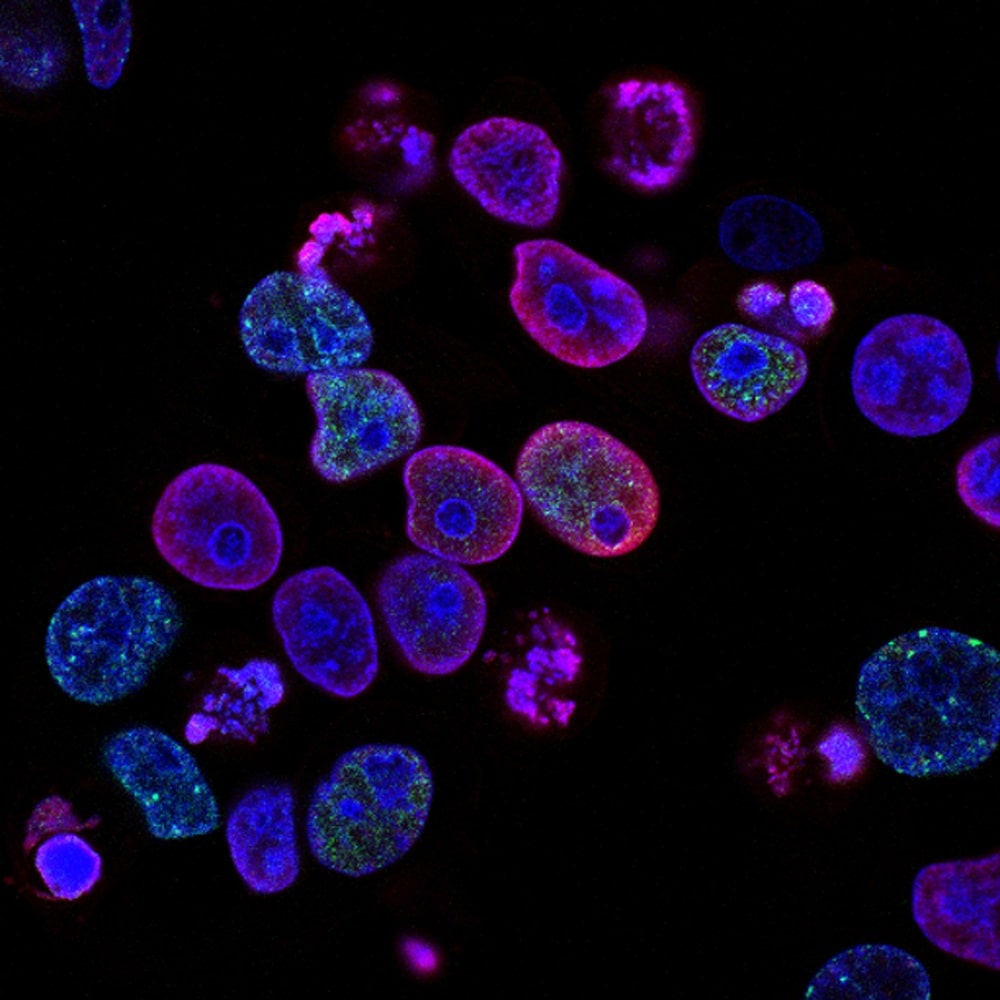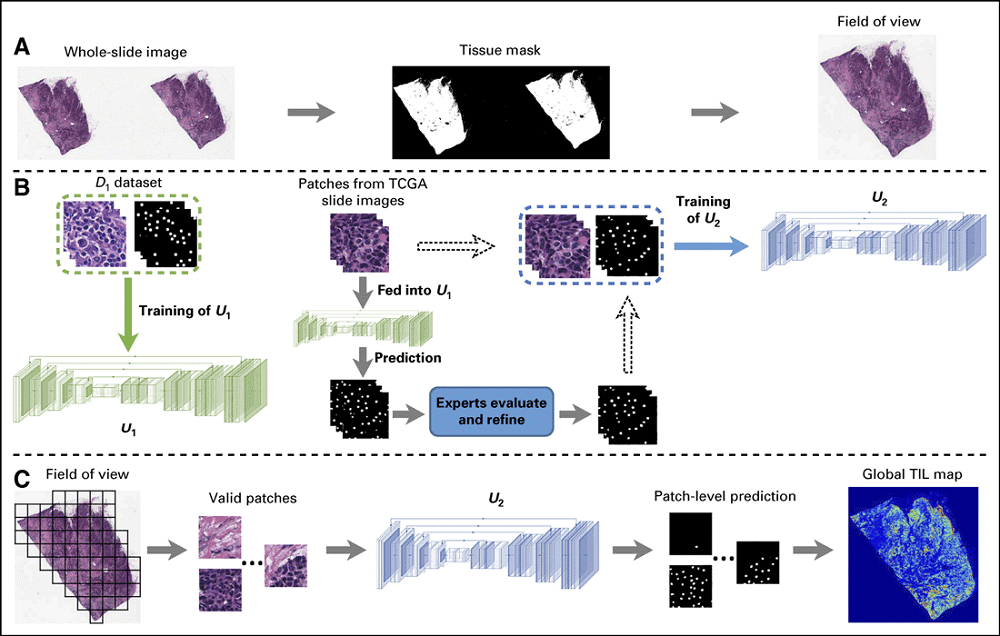



There is no doubt that one industry that we have come to depend on is the biotech industry. While this industry has gained a lot of attention with its rapid and historic efforts to develop COVID-19 vaccines, there are also signs that this industry will increasingly depend on spatial analysis as part of its efforts to develop rapid medical advancements that can help fight some of our most challenging diseases.
Molecular cartography is one area that the biotech industry has grown dependent on. Mapping and assessing complex molecular structures, including spatial relationships of these structures, helps to determine if compounds created have given efficacy.
This includes creating 3D maps that allow researchers and biotech industry experts to assess potential benefits of drugs before they are developed. This can save development time and costs by limiting the range of candidate drugs to test, improving chances that a drug could ultimately be accepted for use.
One example is a recent startup, called Resolve Biosciences, which is using spatial multiomics. In this field, researchers are combining big data analysis and deep learning methods with spatial mapping to assess which complex combinations of molecular structures are likely to be effective or produce given desired effects.
Such companies could increasingly work with biotech manufacturers to help produce desired drugs while also limiting development time similar to how we have seen the COVID-19 vaccine develop. In fact, in a recent breakthrough, Google’s DeepMind was able to demonstrate that given a DNA sequence the protein’s three-dimensional shape could be predicted using the AlphaFold 2 software. The commercial application is clear for biotech companies who can potentially develop drugs using DNA, mRNA, or even creating synthetic alternatives that can be incorporated within complex compounds.

In addition to new advances being predicted or tested using mapping and machine learning techniques, scientists are also mapping molecular structures to better understand the disease.
For instance, Chagas disease is a tropical disease that has varied physical effects over the course of the disease. Using molecular mapping, it has become possible to determine how the disease has differential effects on cells at a molecular level. Researchers were able to determine metabolic and microbiome alterations due to the disease using spatial localization analysis. This can help lead to new advancements that better target the regions where the given effects of the disease are evident.
Scientists are also mapping larger-scale structures such as cells and their locations across different types of body tissue. Spatial transcriptomics is a type of technology used to allow scientists to measure varied gene activity within a tissue sample and map this across that tissue where the given activity is evident. The application is it can help determine the efficacy of drugs or even map how diseases and infections have different effects across body tissue.